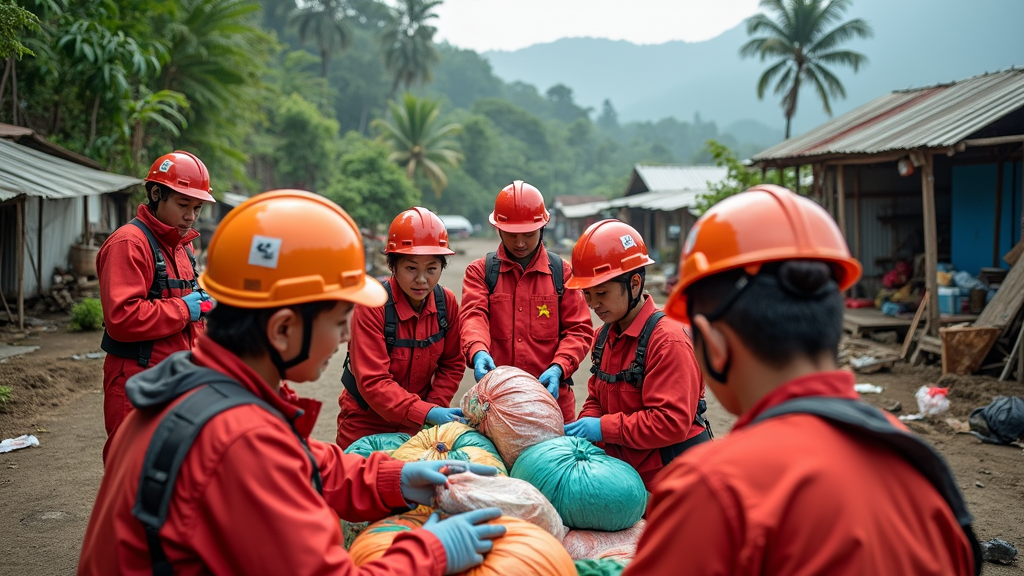The Amalfi Coast: A Comprehensive Analysis of Its Cultural, Historical, and Environmental Dimensions
The Amalfi Coast: A Comprehensive Analysis of Its Cultural, Historical, and Environmental Dimensions
The Amalfi Coast, recognized by UNESCO as a World Heritage Site, represents a sophisticated synthesis of exceptional natural landscapes, profound historical heritage, and vibrant cultural traditions. Extending approximately 50 kilometers along Italy’s southwestern coastline adjacent to the Tyrrhenian Sea, the region is renowned for its dramatic cliffside settings, remarkable biodiversity, historically significant urban settlements, and distinctive cultural expressions, rendering it a significant area of scholarly and interdisciplinary interest.
The Complex Dynamics of the Amalfi Coast
The Amalfi Coast embodies a nuanced relationship between human societies and their natural environments, characterized by ecological uniqueness, profound historical layers, and intricate social interactions. Academic investigations often highlight:
- Urban Morphology: The region’s urban design features compact medieval street networks, carefully preserved historic architecture, and traditional urban layouts reflective of its past as a pivotal maritime republic.
- Ecological Diversity: The coast supports an array of endemic flora and fauna, along with diverse marine ecosystems, presenting substantial potential for research in biodiversity conservation and marine ecology.
- Culinary Heritage: Local gastronomic practices deeply rooted in the region’s agricultural sustainability underscore the significance of food as a key element in cultural identity, offering valuable insights into sustainable food systems and anthropological study.
Key Towns and Their Cultural Relevance
Amalfi: Historical and Architectural Nexus
Amalfi, historically significant as a medieval maritime republic, provides an invaluable context for exploring Mediterranean trade history and architectural evolution. The 9th-century Cathedral of Saint Andrew exemplifies a fusion of Romanesque and Arab-Norman architectural styles, reflecting historical cross-cultural interactions and exchange.
Positano: Cultural Landscape and Tourism Dynamics
Positano serves as an illustrative model of the impacts of tourism on local cultural landscapes. Renowned for its terraced housing cascading toward the sea, the town demonstrates adaptive strategies in urban planning and development, influenced by geographic limitations and increasing tourism pressures.
Ravello: Artistic Heritage and Cultural Preservation
Ravello is distinguished by its historic villas, including Villa Cimbrone and Villa Rufolo, and meticulously cultivated gardens. It hosts an annual classical music festival, recognized internationally, underscoring the intersection between cultural patronage, artistic expression, and heritage preservation.
Sorrento: Intersection of Commerce, Culture, and Agriculture
Although located slightly outside the formal boundary of the Amalfi Coast, Sorrento serves as a strategic cultural and commercial gateway. Its expansive citrus groves and renowned limoncello production exemplify local agricultural traditions, economic dynamics, and the integration of cultural heritage within contemporary commerce.
Gastronomic Traditions and Their Scholarly Implications
Cuisine is integral to the Amalfi Coast’s identity, reflecting sustainable agricultural practices, local biodiversity, and sociocultural traditions. Areas of research interest include:
- Limoncello Production: This traditional lemon-based liqueur exemplifies regional agricultural specialization and economic integration into broader culinary markets.
- Sustainable Seafood Practices: The area’s culinary heritage emphasizes seafood sustainability, evident through traditional dishes and artisanal fishing techniques.
- Mediterranean Diet Paradigm: Dishes like Caprese Salad and regional artisanal pasta highlight broader cultural values and dietary practices, recognized internationally for their health and cultural significance.
- Pizza Preparation: Region-specific pizza production methods illustrate traditional culinary expertise and regional gastronomy’s role in cultural identity.
Guidelines for Conducting Scholarly Field Research
To optimize academic research and exploration on the Amalfi Coast, the following methodological recommendations are advisable:
- Choose centrally located accommodations, particularly in Amalfi or Positano, for practical access to essential research venues.
- Utilize local transportation, including buses and ferry services, to address logistical constraints related to the challenging coastal geography.
- Schedule research during shoulder periods (April-May and September-October) to benefit from favorable climatic conditions and reduced tourist presence.
Essential Fieldwork Preparations
- Appropriate footwear suited for traversing diverse terrain.
- Protective gear, including sunscreen, sunglasses, and adaptable headwear, to mitigate environmental exposure.
- Photographic equipment for documenting field observations, essential for subsequent analysis.
- Lightweight clothing suitable for variable daily temperature fluctuations typical of the Mediterranean coastal environment.
Conclusion
The Amalfi Coast offers a profoundly rich and multidisciplinary framework for scholarly inquiry, encompassing environmental studies, cultural anthropology, historical geography, and gastronomic research. The region’s complex interactions between nature, culture, and history present extensive opportunities for deep academic exploration and comprehensive understanding of Mediterranean cultural landscapes.


latest video
news via inbox
Subscribe to the latest news in the world of politics and technology







